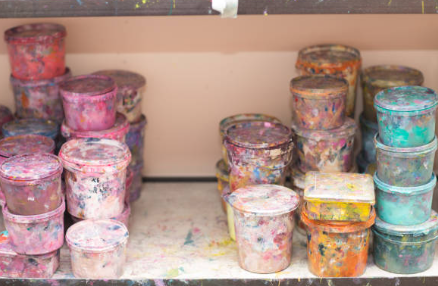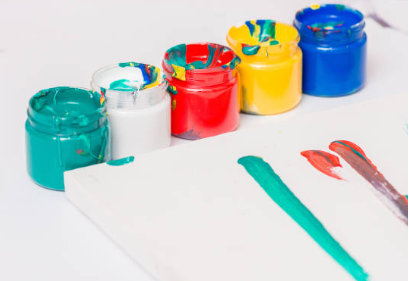İçindekiler
Çeşitli Endüstrilerde Plastisol Mürekkebinin Kullanımına İlişkin Kapsamlı Bir Kılavuz
Plastisol mürekkep is a popular choice for printing on clothes, cars, signs, and more. But if you use it wrong, your designs might crack, fade, or wash off. This guide will show you how to use plastisol mürekkep the right way. Let’s get started!
Plastisol Mürekkep Nedir?
Plastisol mürekkep is made from two main ingredients:
- PVC reçinesi (bir plastik türü).
- Plastikleştiriciler (oily liquids that make the ink soft and workable).
Why do people love plastisol ink?
- BT doesn’t dry until you heat it. This means it won’t clog your screens.
- It makes parlak renkler that pop, even on dark fabrics.
- It stays strong and doesn’t fade yıkandıktan sonra.

How Plastisol Ink is Used in Different Industries
1. Clothing and Apparel
Best fabrics: Cotton, polyester, and blends. Tips for success:
- Kullanmak soft-hand ink for comfortable t-shirts.
- Kullanmak yüksek yoğunluklu mürekkep for thick logos (like sports jerseys).
- Örnek: Big brands like Gildan use plastisol ink for millions of shirts.
2. Automotive and Manufacturing
Common uses: Dashboard labels, wire coatings, and machine tags. Key tips:
- The ink must handle high heat (over 300°F).
- Kullanmak adhesion promoters to make it stick to metal or plastic.
- Follow safety rules like UL ve ASTM Standartlar.
3. Signs and Packaging
Best materials: PVC banners, corrugated plastic, and Tyvek®. Make it last longer:
- Eklemek UV-resistant chemicals to fight sun damage.
- Use thicker layers of ink for outdoor signs.
4. Promotional Products
How to print: Kullanmak heat transfers for mugs, phone cases, and keychains. Avoid cracks: Cure at lower temperatures on curved surfaces.
Step-by-Step Guide to Using Plastisol Ink
1. Prepare Your Tools
Choose the right screen:
- 110-160 mesh sayısı for small details.
- 60-86 mesh count for thick ink layers. Clean your material: Wipe surfaces with rubbing alcohol first.
2. Printing Tips
Fix thin ink: Eklemek curable reducer (like Wilflex additives). Stop ink bleeding: Keep the screen slightly raised off the fabric.
3. Mürekkebi Tedavi Etmek
Perfect cure: Heat the ink to 320°F–330°F for 60–90 seconds. Check the temperature: Birini kullan laser thermometer doğruluk için. Too hot? Ink becomes brittle. Too cold? Ink washes off.
Yaygın Sorunları Düzeltme
| Sorun | Hızlı Çözüm |
|---|---|
| İğne delikleri | Clean the screen and tighten the mesh. |
| Mürekkep yapışmıyor | Use an adhesion promoter. |
| Çatlama | Let the ink cool slowly after curing. |
| Fading after wash | Test prints using AATCC standards. |

Eco-Friendly and Safe Options
Safer inks: Denemek ftalat içermez brands like Matsui Evolve® veya Ryonet EcoLine. Workplace safety: Takip etmek OSHA guidelines and read safety data sheets (SDS). Reduce waste: Recycle cured ink scraps instead of throwing them away.
New Trends in Plastisol Ink
- Hibrit Mürekkepler Mix plastisol with water-based ink for a softer feel.
- İletken Mürekkepler Print circuits on car parts for smart surfaces.
- Eco-Plasticizers Use plant-based formulas made from soy or castor oil.
Sıkça Sorulan Sorular
Can plastisol ink be used on nylon?
Evet! Kullan adhesion promoters first to help it stick.
Son Düşünceler
Plastisol mürekkep is perfect for creating tough, vibrant prints on clothes, cars, signs, and more. Always cure at 320°F–330°F, choose the right screen mesh count, and try çevre dostu mürekkepler beğenmek Ryonet EcoLine for safer projects.
Need help? Download a free plastisol curing cheat sheet here.




